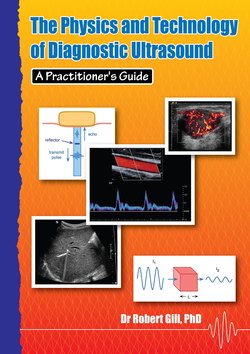Читать книгу The Physics and Technology of Diagnostic Ultrasound: A Practitioner's Guide - Robert Gill - Страница 12
На сайте Литреса книга снята с продажи.
Scientific notation
ОглавлениеWhen dealing with very large and very small numbers, it is useful to use scientific notation. This consists of a number between 1 and 10 multiplied by the appropriate power of 10. Working with this notation has several advantages. It is easier to read (and get right) and separates the task of keeping track of the powers of 10 from the rest of the calculation.
What do we mean when we talk about "powers of 10"?
You are probably familiar with the convention that 102 means (10 ×10) and 103 means (10 × 10 × 10). More generally 10n means 10 multiplied by itself n times, where n could be any number. Another way of talking about this is to refer to 10n as "10 raised to the power n".
As an example:
Here is another example. The following equation allows us to calculate a particular angle (θ):
where λ = 0.3 mm and ap = 1.5 cm. First we will convert λ to cm (using 1 mm = 0.1 cm) to make the units of length consistent:
Notice that the [cm] units on top and bottom of the equation cancel each other out and the answer therefore is a pure number with no units. This is true of functions such as the sine function. Now we will find what angle has this value for its sine by using the inverse sine (sin-1) function on a calculator. This gives us the final answer:
